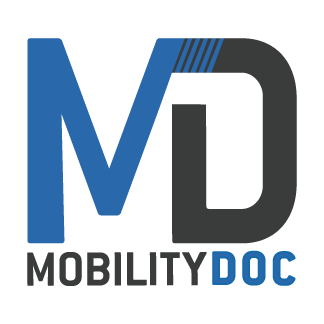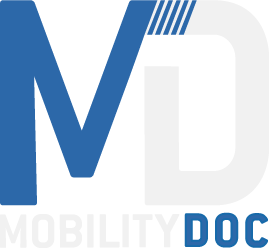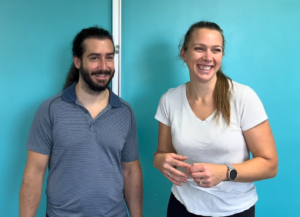Yay! I’m back to running. Now, when I say that I’m “back,” I’ll say that with an asterisk. Perhaps more appropriately I’ll say I’m coming back. Conventionally speaking, this is where people think the rehab process ends. They think physical therapy ends when the pain does. My patients are inclined to say bye to me. They’re thinking, “hey, I’m back to running. This has been great. Thanks for everything.” But! The goal of rehab is not just about eliminating pain; it’s about reclaiming what was once yours in terms of functionality. This is where the next phase begins; it’s what I call the re-entry phase. Today I want to detail some of what my shin splints recovery re-entry phase looks like. I’ll talk about what my training has looked like, how I decided on it, and how I’m orienting myself in this next phase.
Pump Your Brakes
Now first, I get that you’re excited to get back. I’m excited to get back. But I have to slow myself down a bit. The re-entry phase is interesting in that the approach is different. The acute phase is all about problem identification and treatment. Re-entry is hallmarked by decision making. There is a subtlety that’s needed in the decision making process, because it’s not just a single decision. You will be faced with many, many decisions that create the aggregate of how you move along in this process–progressing, regressing, or making no measurable progress. There is no set course for anyone in a rehab process, but particularly in this phase, you really have to spend some time trying out different things, adjusting the variables of your training.
Weighing Your Variables
The variables that I’m talking about are running volume, frequency, and intensity. In addition, there are the non-running variables of recovery work, strength, and in my instance, bike workouts. It’s really easy to get caught up in running volume. However, as I’m building volume, I’m doing that by running more frequently.
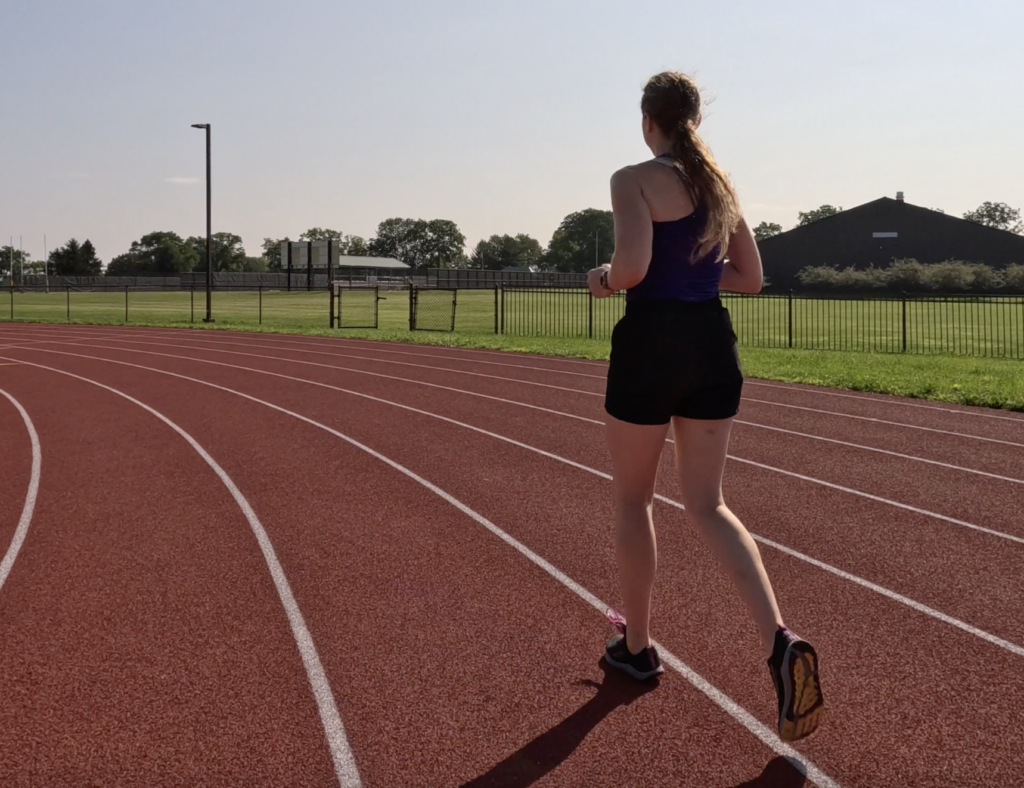
I have the ability, in my schedule, to run 2-3 miles in the morning, and then another 2 in the evening. This allows me to get a total volume of 4-5 miles in a day, but it’s easier for my body to accommodate it, because it’s spread out. My body can recover in between workouts. I’m keeping the intensity, meaning the speed, nice and easy; most runs my average HR is around 140 bpm. My bike workouts fill in the intensity gaps. Most importantly, I’m prioritizing shin splints recovery work after each workout. The entire time I’m asking myself how this feels, and that allows me to decide what to do the next day.
"Listen To Your Body"
That last sentence might seem simple. I can assure you it’s not. How often have you come across the advice to “listen to your body.” But honestly, what does that even mean?? What are you listening for? The answer is that you’re listening for a few things. They’re the factors that lead to decision making. I’m talking about things like pain, activity tolerance, general fatigue, sleep quality etc. Then you use that data in a sort of algorithm of questions of how to proceed. Yes, this sounds overwhelmingly vague. I’ll explain, but also, know that this is where it’s helpful to talk to someone who can draw on experience/knowledge to guide you.
The Pain Factor
I have the luxury of utilizing someone of my knowledge and experience, so I’ll detail a bit of my thought process. First, there is the more obvious factor of pain. Yes, I’m monitoring the pain in my shin. But if I feel any amount of pain, should I stop? No. If I feel intensifying pain while running, should I stop? Probably, but maybe I also need to slow down the pace, or walk a little, or stretch. This was the case for the first week or two of running. I would see how much pain I was having starting out, during the run, an hour after, and the next morning.
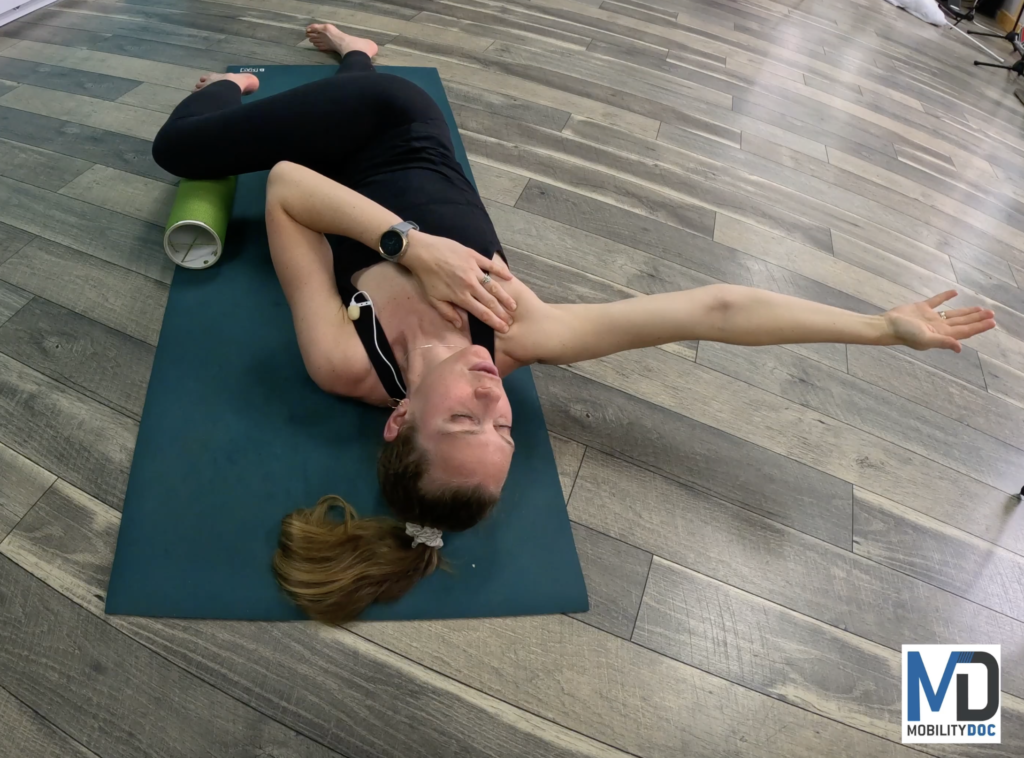
I also monitored my quality of gait while I ran–was I limping? Did I feel like I was pushing off evenly on the right/left side? This continues to be a guiding factor. Fortunately, I can say that between my rehab and the continued recovery work, I have had minimal pain. Some discomfort, but minimal pain. But, like I said, that’s now where the questioning stops.
The Recovery Factor
Moving beyond the question of pain, there is the question of recovery. How recovered do I feel the next time I do a workout? If my HR is higher at rest or while running then I’m probably not recovered. I’m also considering my sleep, both quantity and quality. I’m asking more of my body, and it’s still recovering, so using sleep is a good way to assess some of the demands of re-entry. I have been feeling like I’m more tired, and I know some of that is because I started running again.
Now that we briefly discussed the decision making for my shin splints recovery re-entry, it’s imperative you remember two points. (I am writing these to remind myself as well.) These two points will influence not only your decision making, but also the mental process of re-entry. If you remember them, it will save you from a lot of confusion and possibly some mental turmoil.
Re-Entry Is Hard
First, re-entry will feel hard. It feels hard because your nervous system is trying to sort out what it’s supposed to do. My body needs to reacclimate itself to running. Yes, I’ve been doing some killer bike workouts, so my HR is low, but my body feels tired. I haven’t been experiencing the force of the ground pushing back at me in 5ish weeks. Also, the motor pattern of running hasn’t been exercised for a while. I had described it as feeling like I’m lacking fluency, as in my hip, knee, and ankle are trying to sort out what to do. With each passing run, it will improve. But right now, I don’t exactly feel the ease of running that I typically do. That will get better.
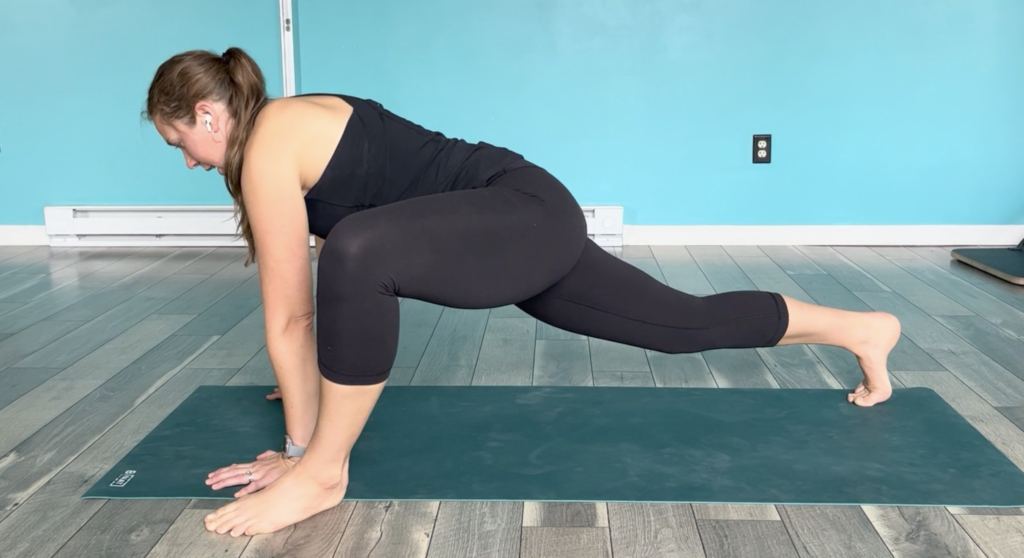
You Are Not The Same
Second, I am a new self–a new runner. I’m not my former self. My former self may have been running 45 miles per week with speed workouts, but she’s also the one that made decisions that led to injury. It’s so easy to think about what my easy pace was then versus now. It’s so easy to feel less satisfied with the lower mileage at a slower pace, but that’s the point of the re-entry. I’m building back up. But! I’m building back up with the experience of having been injured. That’s the new runner, the one who has changed her recovery ways and is better equipped to run. So embrace your new self with the knowledge you’ve gained.
Throughout these weeks of sharing my experience with this injury, my goal was to be able to give a first hand account of the process both from the vantage point of the patient and physical therapist. I want to stress that the process is challenging physically and mentally. But with the right resources and enough patience, you’ll get there. I’m going to continue along with my re-entry process, and if you follow me on instagram, you will see my strava posts accounting for that. I’ll check back in a few weeks with an update that includes my new training program! Until then, be well.
Athletic World Championships Travel Update!!
John is well underway on his trip to Hungary! We are so excited to be helping some of the most dedicated and talented athletes in our global throwing community!! We wanted to share a little bit more about the history of how Mobility-Doc became acquainted with these athletes.
Make sure you tune in to watch them this week!! For the full schedule go to the official timetable.
For a detailed list of when our athletes are competing check out last weeks blog!
MDRx Hip Mobility for Throwers
We recently released a very special program made just for throwers! It’s all about hip mobility. Many of the athletes you are going to see competing this week use it to prime their body. Get more by doing less! Try our MDRx Hip Mobility For Throwers!
